This gallery shows 28+ high-quality and Best-resolution Ear PNG Images, Vectors, Stickers, logos, Icons, and Clipart Pictures with transparent backgrounds. Free download all these Ear PNG Images for graphic design, projects, presentations, web design, editing, and other works.
Ear PNG Images:
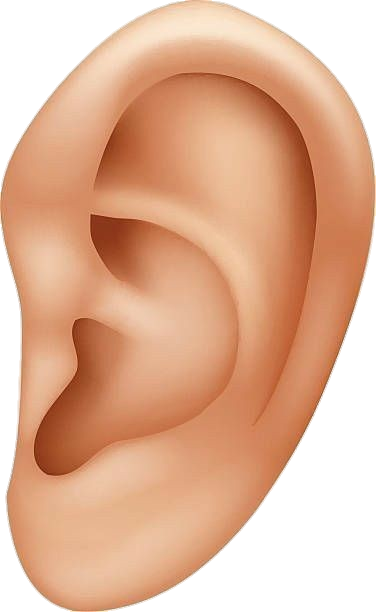

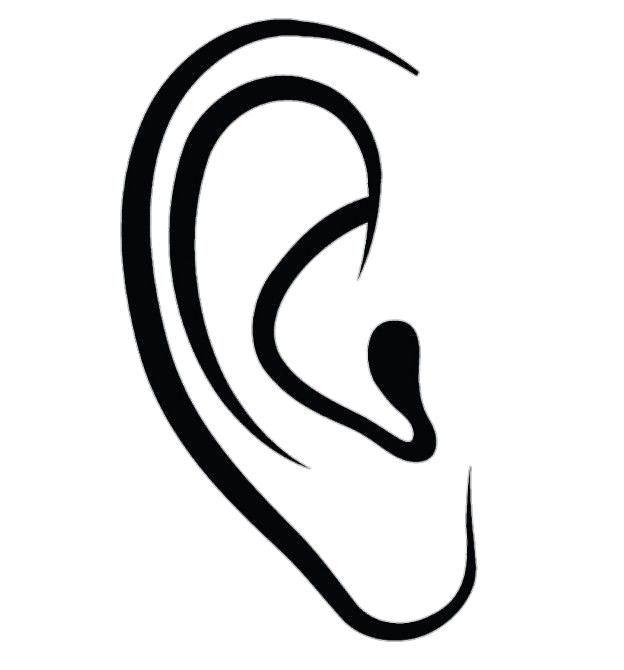

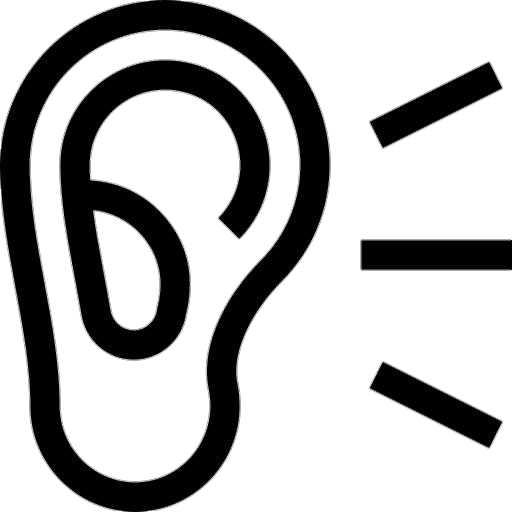
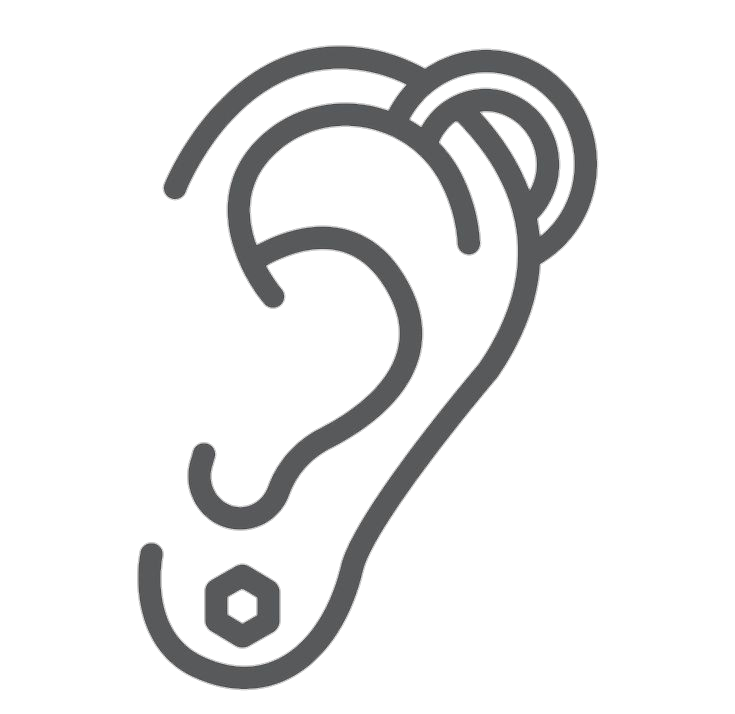

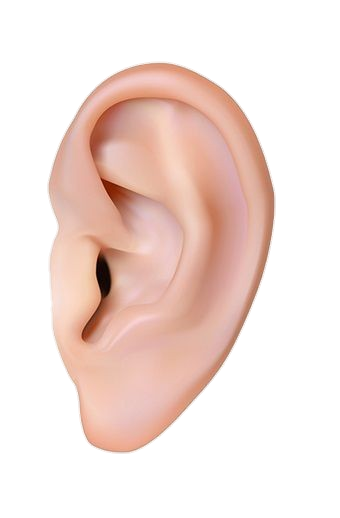
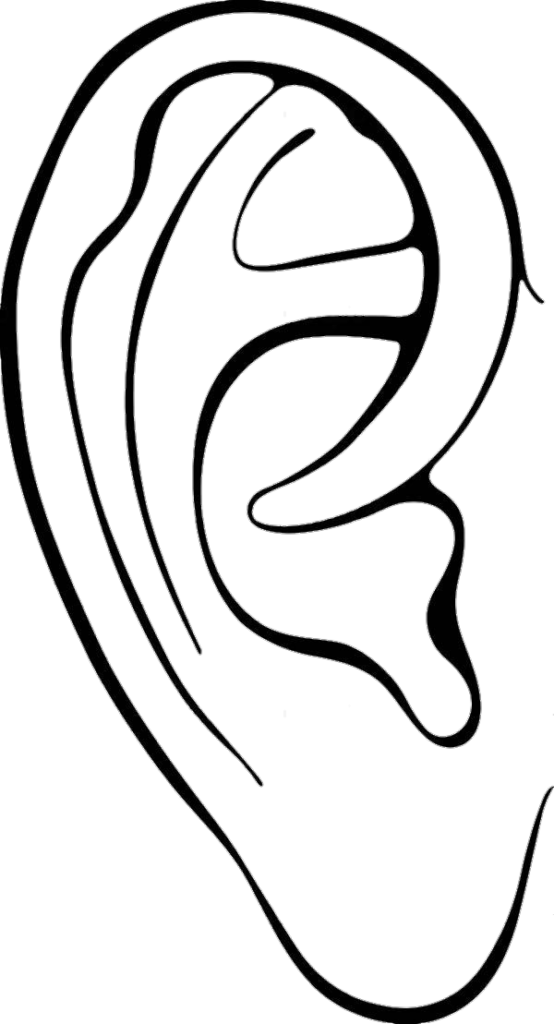
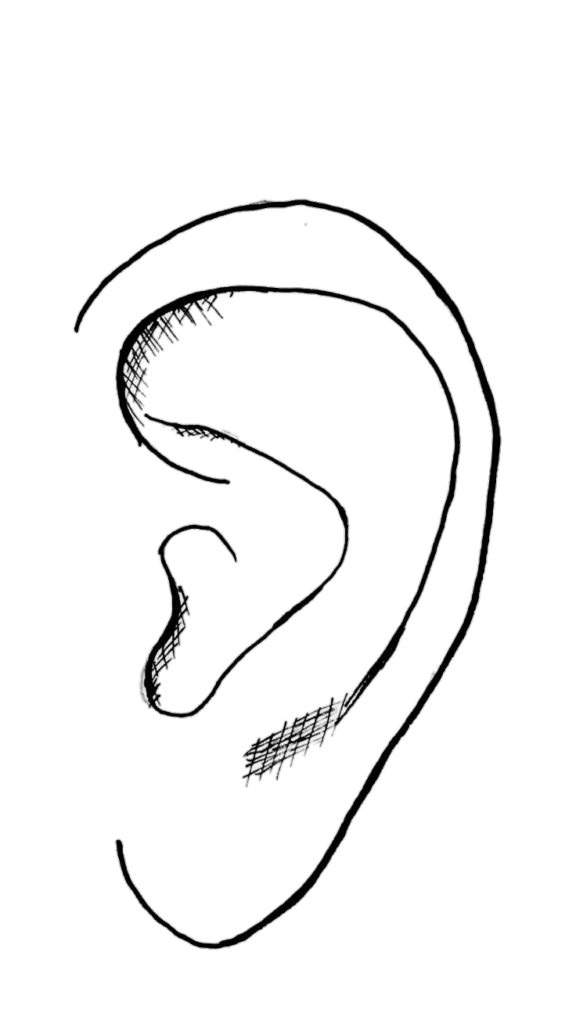
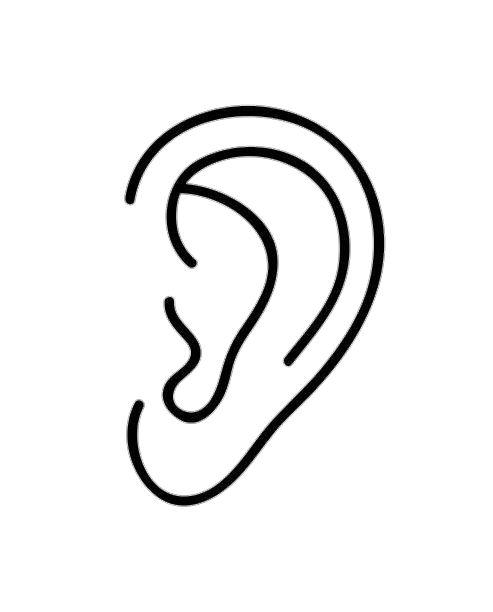
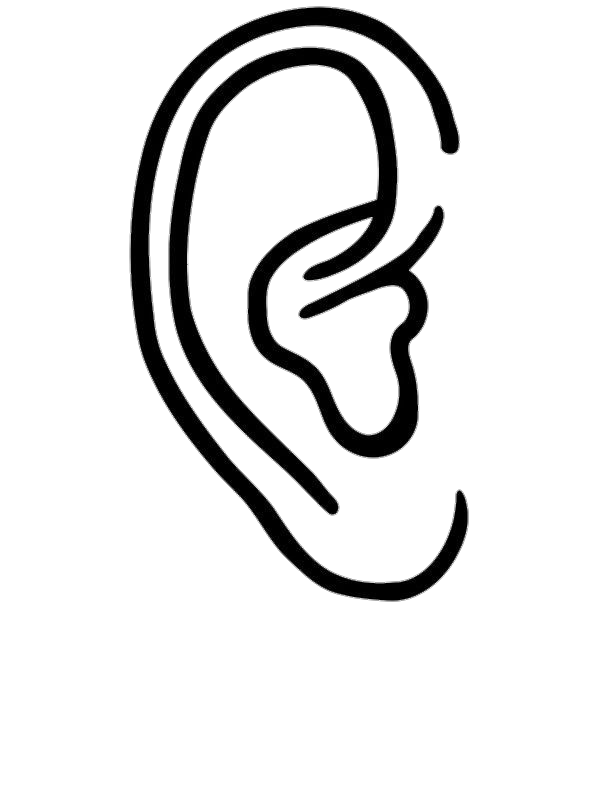
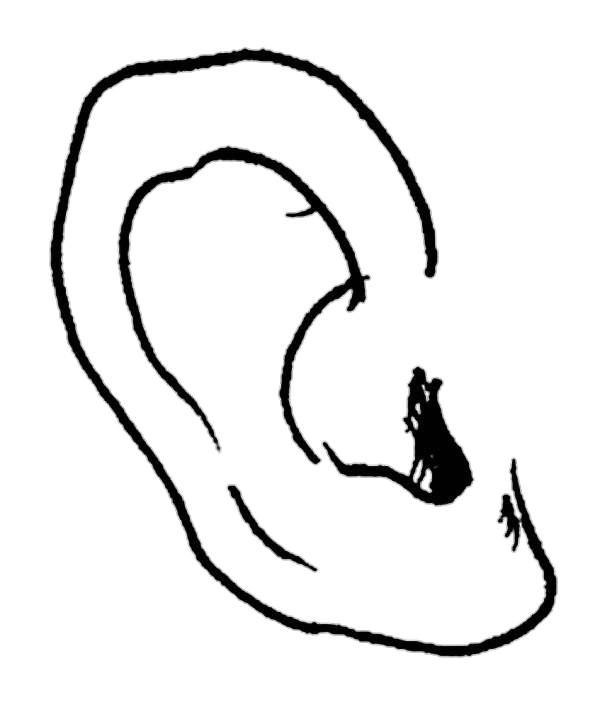
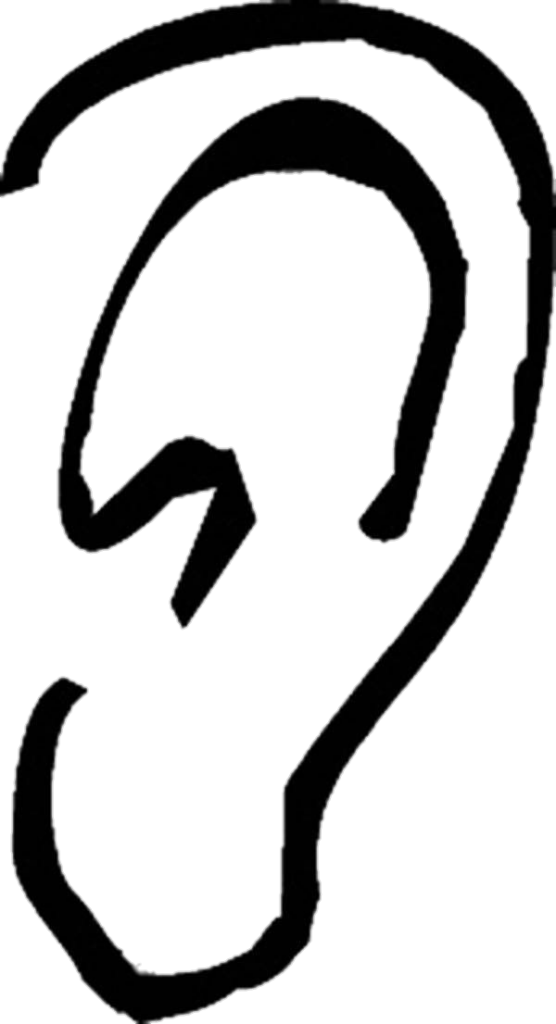
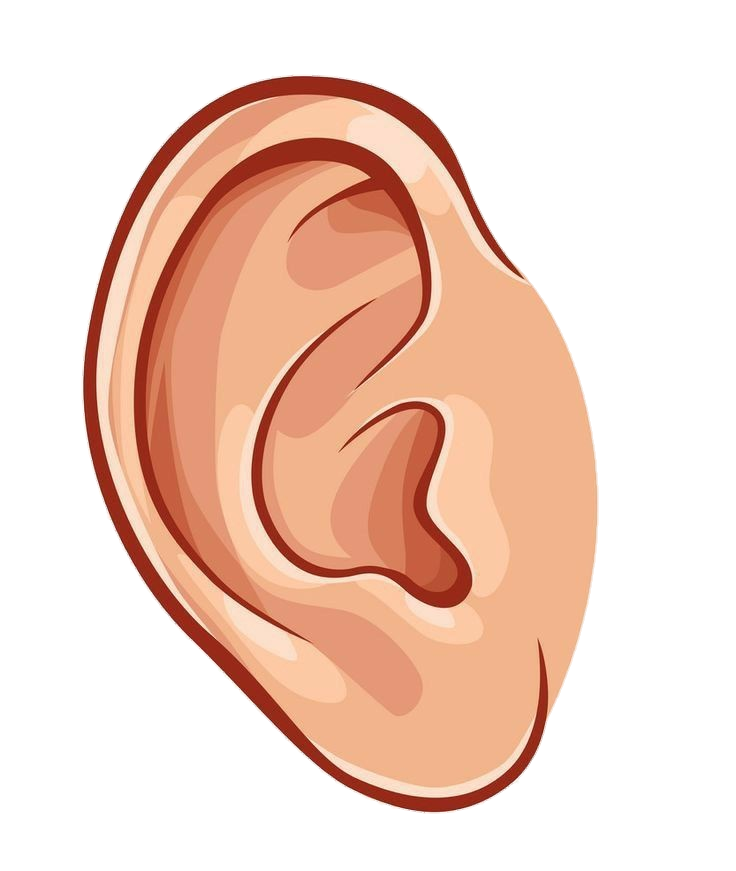
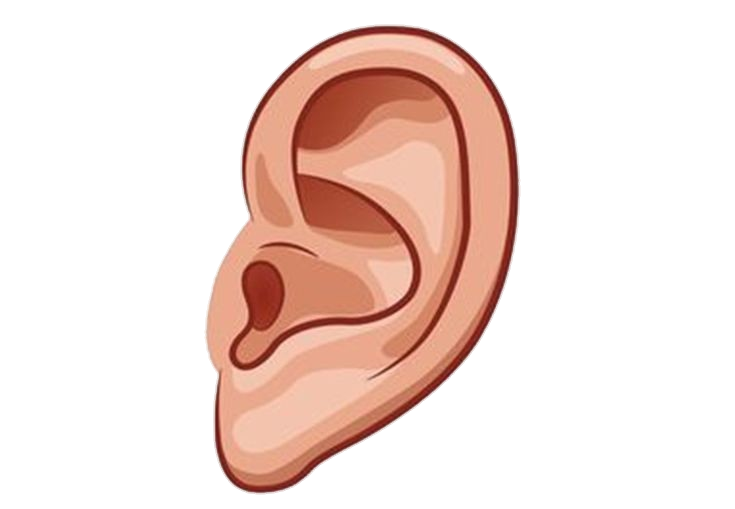
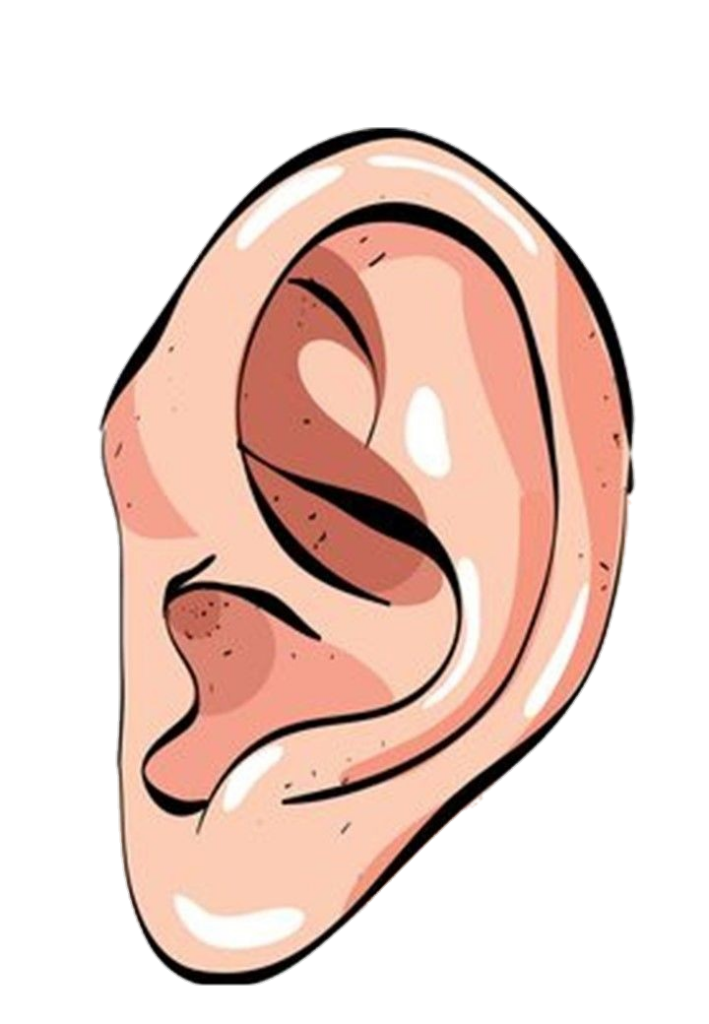
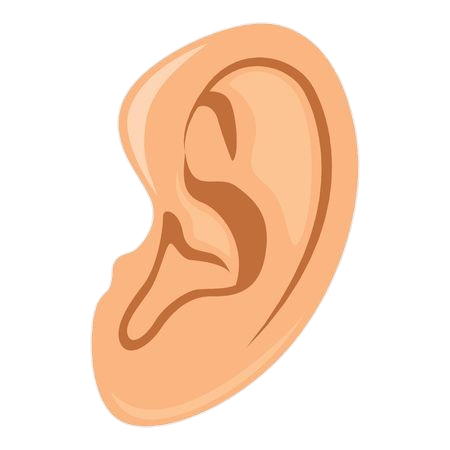
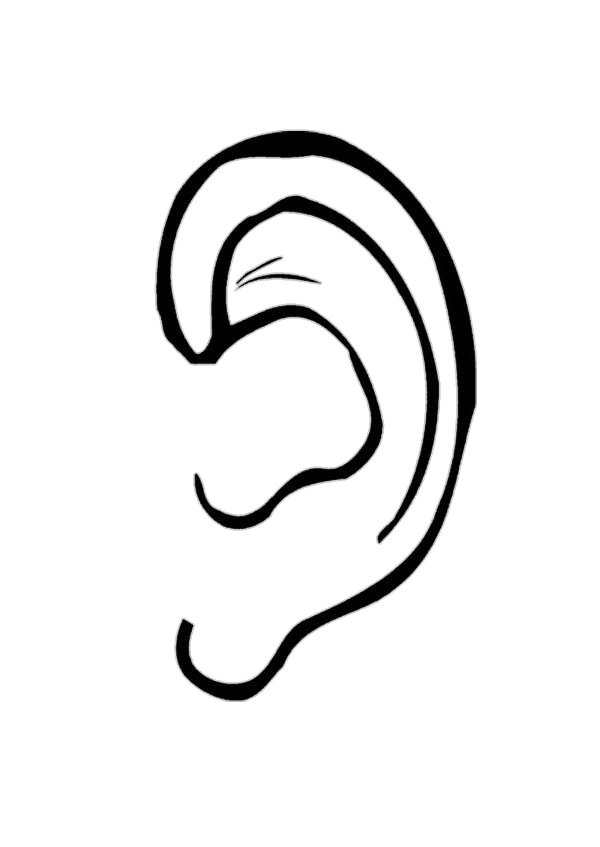
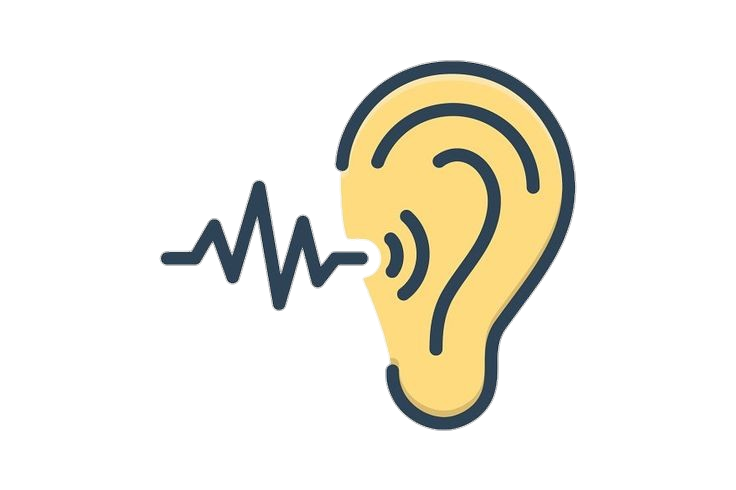
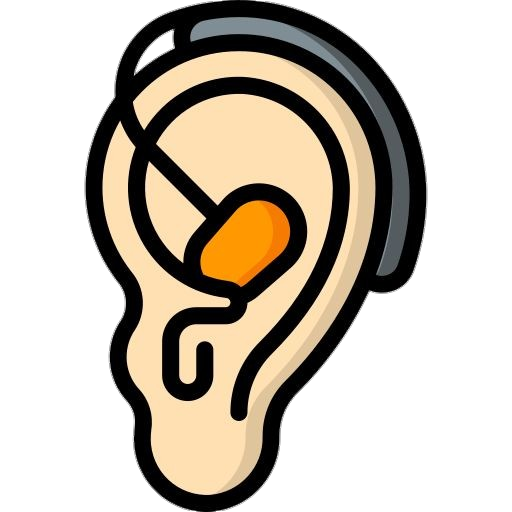

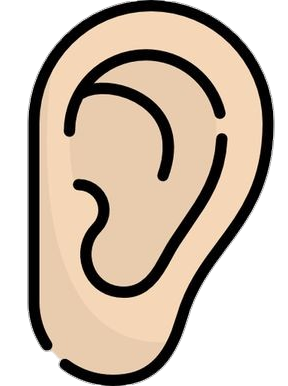
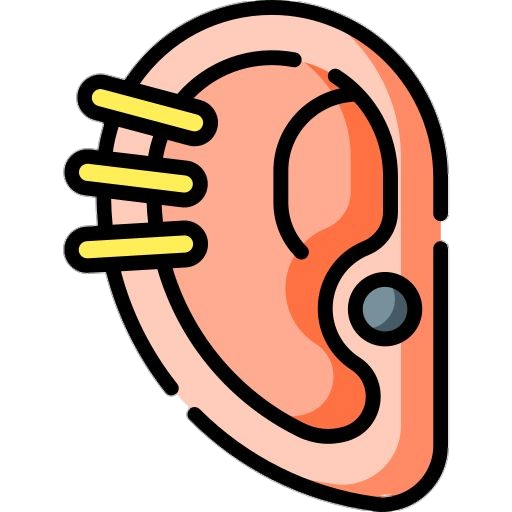
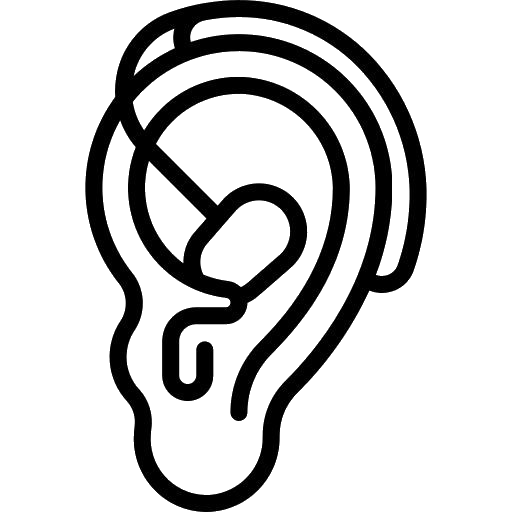
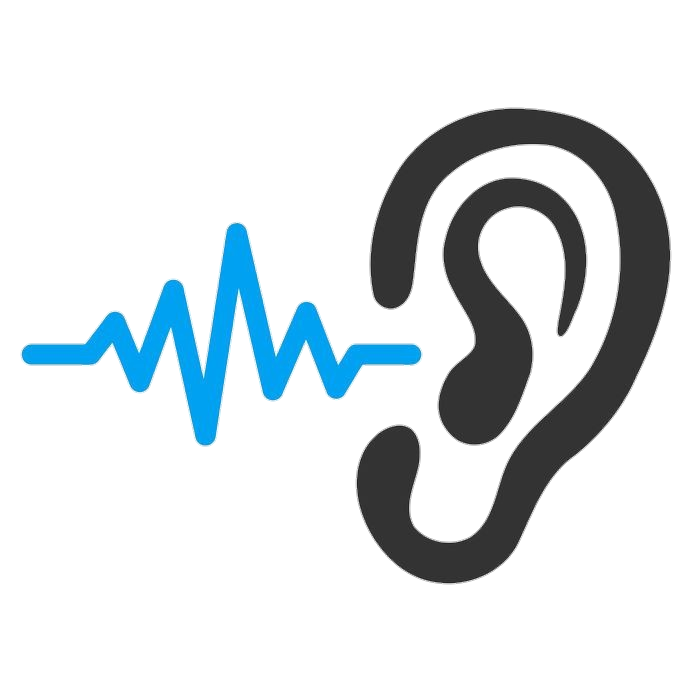
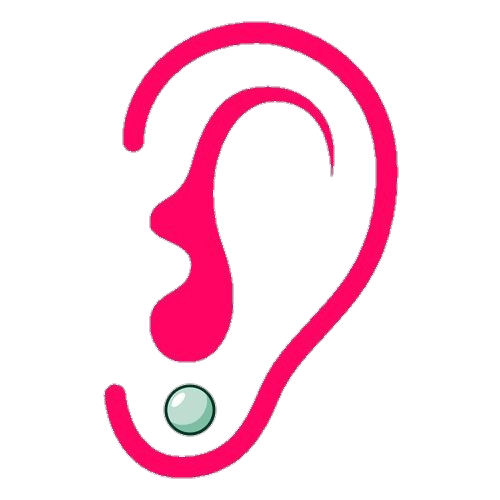

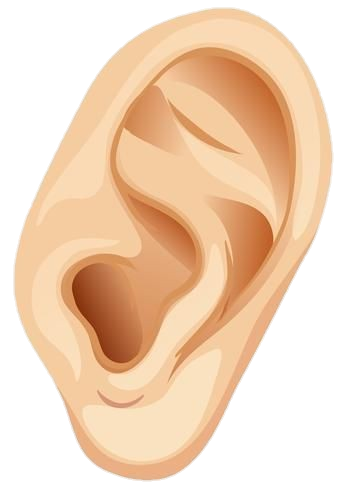
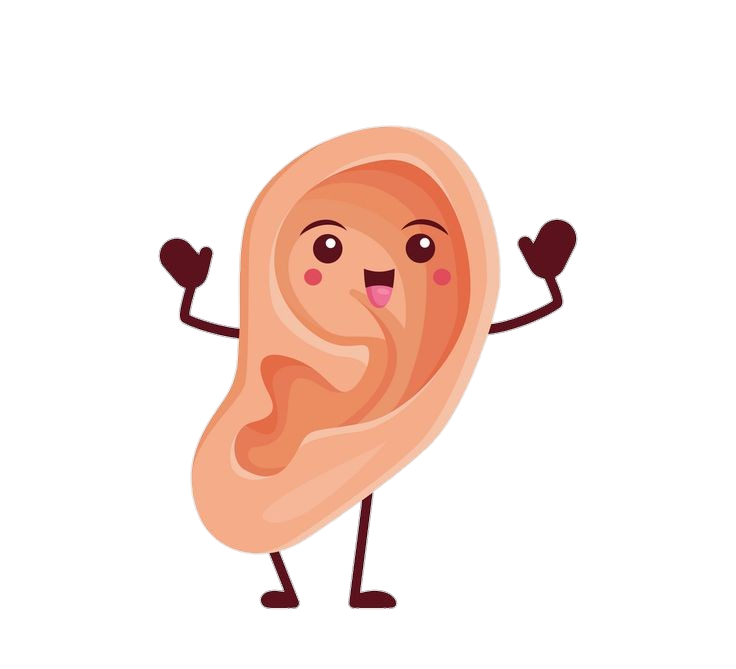
The human ear is a complex and remarkable organ that plays a crucial role in our ability to perceive and interpret sounds. The human ear is a highly specialized system for capturing and processing auditory information, divided into three main parts—the outer, middle, and inner ear.
The outer ear serves as the initial gateway for sound. The pinna’s visible part helps collect and funnel sound waves into the ear canal. The ear canal, a narrow passage lined with hairs and wax-producing glands, protects the delicate structures inside and aids in amplifying and directing incoming sound toward the eardrum. The eardrum, a thin membrane at the end of the ear canal, vibrates in response to these sound waves, transforming them into mechanical vibrations.
Connected to the eardrum, the middle ear is a small, air-filled space that houses three tiny bones known as the ossicles—the malleus (hammer), incus (anvil), and stapes (stirrup). These bones form a chain that efficiently transmits the vibrations from the eardrum to the fluid-filled inner ear. The middle ear also plays a vital role in equalizing air pressure between the ear and the outside environment, thanks to the Eustachian tube.
The inner ear is a complex structure embedded deep within the temporal bone. It comprises the cochlea, responsible for hearing, and the vestibular system, contributing to our sense of balance and spatial orientation. The cochlea, resembling a spiral snail shell, contains thousands of hair cells crucial for translating mechanical vibrations into electrical signals. These signals are then transmitted to the brain via the auditory nerve, which is processed and interpreted as sound.
The vestibular system, located adjacent to the cochlea, consists of the semicircular canals and the otolith organs. The semicircular canals detect rotational movements, while the otolith organs sense linear accelerations and gravity. Together, these components provide the brain with information about the body’s position and movement, allowing us to maintain balance and coordination.
The human ear’s ability to perceive a wide range of sounds, from the faintest whisper to the loudest roar, showcases its remarkable versatility. Moreover, its intricate design reflects the evolutionary adaptations that have fine-tuned this sensory organ over millions of years, enabling humans to communicate, navigate their surroundings, and enjoy the richness of the auditory world. Understanding the anatomy and function of the human ear deepens our appreciation for the complexity of our sensory systems. It highlights the importance of preserving and caring for this precious organ.

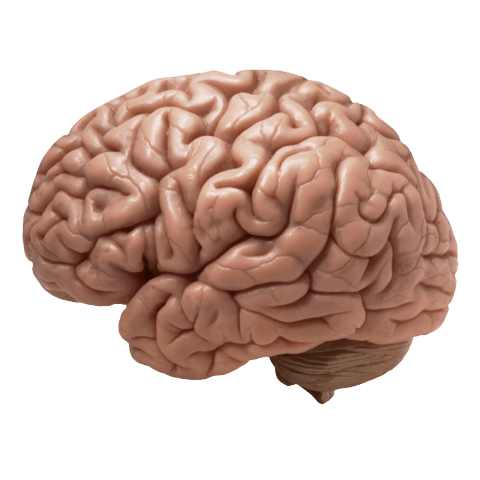
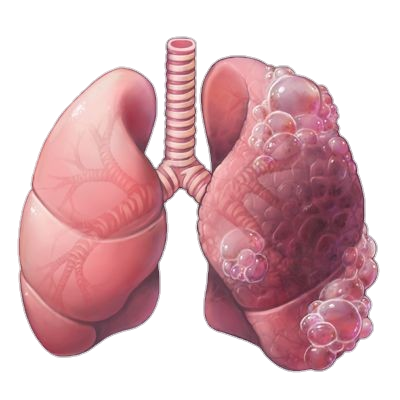

Leave a Comment